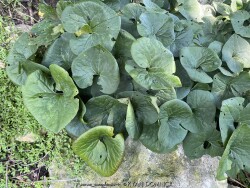
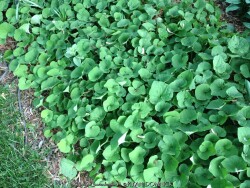
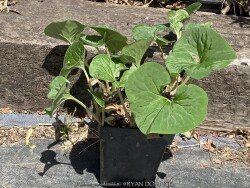
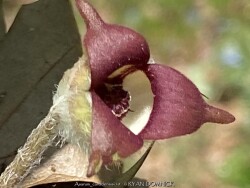
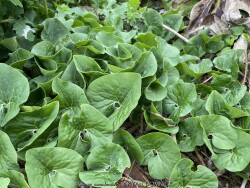
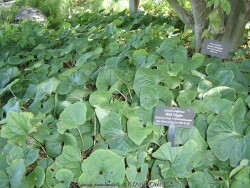

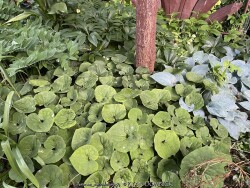
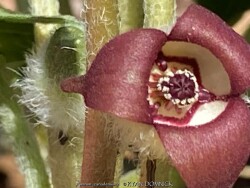

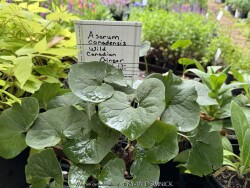
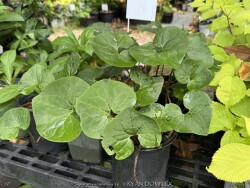
Plant Min Zone: 4a
Plant Max Zone: 6b
Sunlight: Part Sun, Shade, Deep Shade
Water / Rainfall: Average, High
Soil Quality: Rich
Bloom Season: Insignificant
Flower Color: Insignificant
Berry / Fruit Color: None
Spring Foliage Color: Green
Summer Foliage Color: Green
Fall Foliage Color: Green
Evergreen Foliage: No
Winter Interest: No
Scented Flowers: No
Drought Tolerance: Low
Wet-Feet Tolerance: Medium
Humidity Tolerance: Medium, High
Wind Tolerance: Low, Medium
Poor Soil Tolerance: No Extreme Soils
Height: 0.5' - 0.75'
Width: 1' - 1.5'
Growth Rate: Slow
Service Life: Long: 5-10 years
Maintenance Need: Medium
Spreading Potential: Low
Yearly Trimming Tips: Trim Perennial to Ground Around First Fall Freeze: No Winter Interest.
Plant Grouping Size: Small Grouping of 3-5
Best Side of House: East Exposure, North Exposure
Extreme Planting Locations: Tolerates Damp Full Shade
Ornamental Features: Exceptional / Colorful Foliage
Special Landscape Uses: Groundcover
Possible Pest Problems: Weed Competition
Plant Limitations: Environmental Stress / Decline, Needs Regular Irrigation
Shippable in 2026: YES
Wild Canadian Ginger (Asarum canadensis) is planted for its unusual kidney-shaped leaf pattern and bright green color. Foliage maintains well all summer provided that certain cultural conditions are met. Native to the Northern US and as far south as Missouri, it slowly colonizes forests in humusy, medium to wet well-drained soil in part shade to full shade. It can handle a little Kansas drought in in moisture-retentive soils but not dry-shade. Foliage will flatten to the ground during drought then spring back up when moisture is available again. In ideal sites, Canadian Ginger can form a dense, weed resistant groundcover in small areas. Flowers are quite attractive but usually hidden from view by the foliage. Although not related to culinary ginger (Zingiber officinale), the roots of this plant produce a scent that is reminiscent thereof. This plant is edible, however, is not normally used today for culinary purposes. Very popular in the native woodland garden in Kansas gardens and worth planting more in ideal locations.